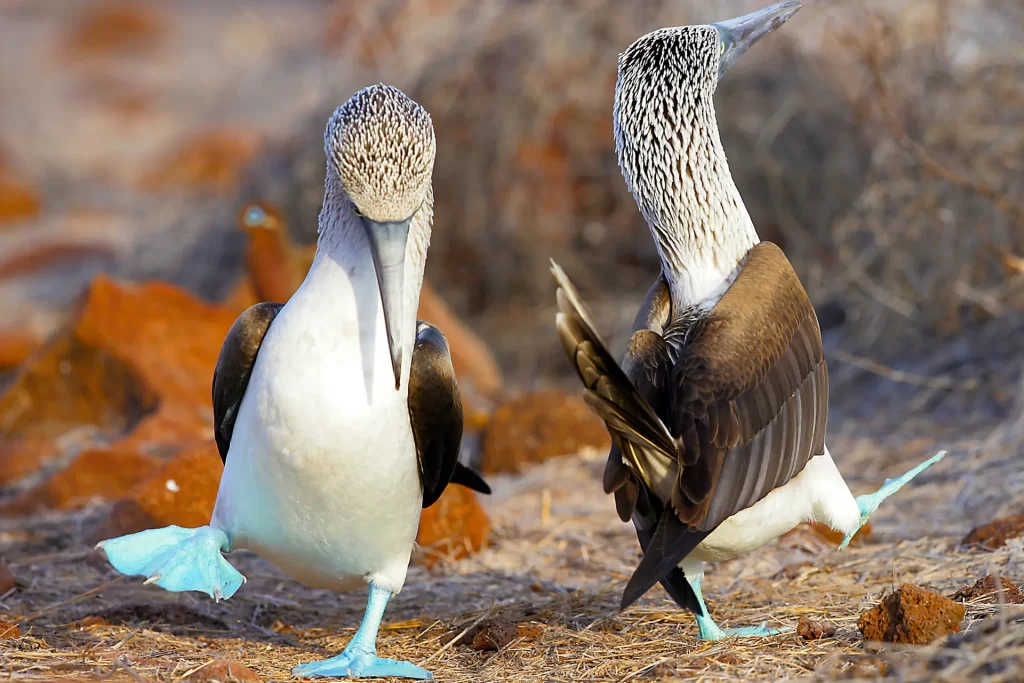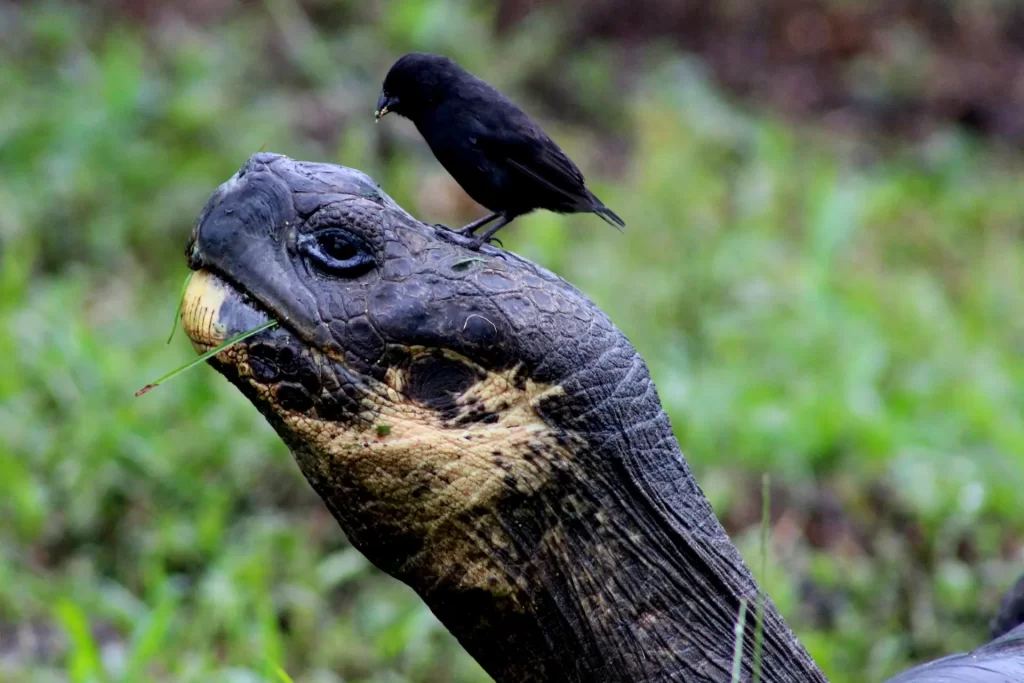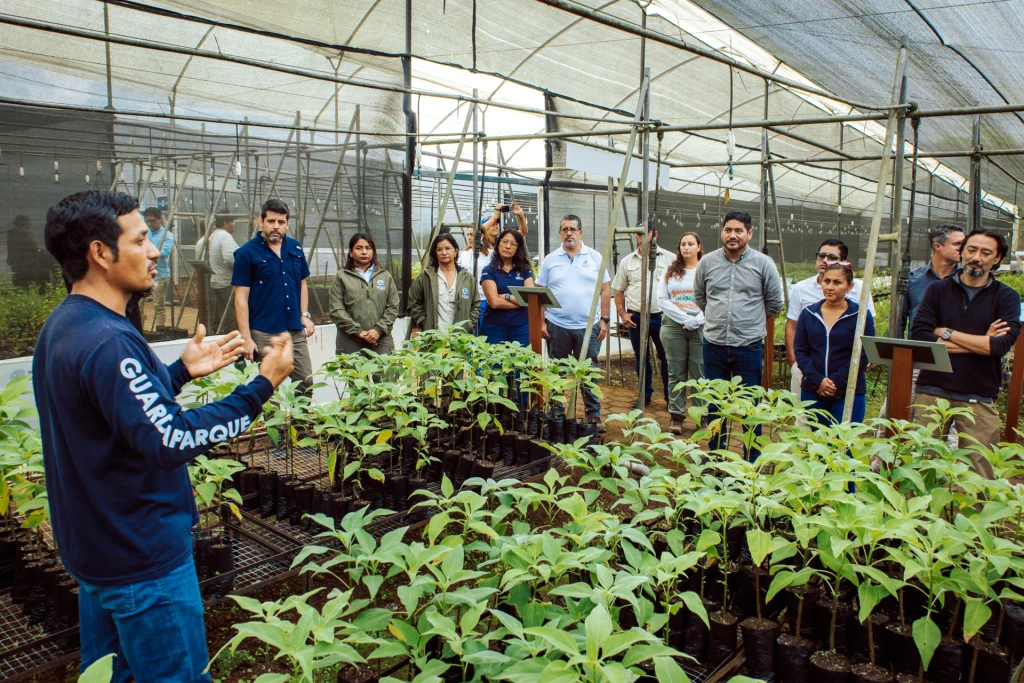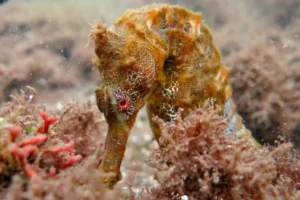
The World celebrates International Day for Biological Diversity on May 22. This is an opportunity to increase awareness of the importance of biodiversity and promote its conservation. We consider the importance of protecting and caring for our planet. Biodiversity plays a fundamental role in the sustainability and well-being of humans by providing ecosystem services such as food production and climate regulation. It is important to consider our collective and individual actions to conserve biological diversity.
The Galapagos Archipelago is unique in this context and essential for global biodiversity. These islands provide a safe haven for many endemic species.
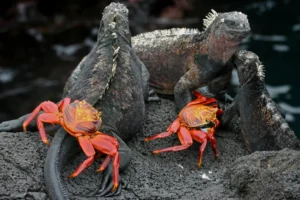
Galapagos Islands: Unique and Unusual
The Galapagos Archipelago is famous for its biodiversity. It’s located about 620 mile off the coasts of Ecuador. Over 2,000 endemic animals and plants call the islands home, a treasure trove of biodiversity. The endemic species are a diverse group of plants, animals (both terrestrial and marine), and insects. Galapagos’ high endemism rate is one of the main reasons these islands are deemed important for biological conservation.
UNESCO designated Galapagos as a World Heritage Site in 1978. In 2001, it also recognized the Galapagos Marine Reserve. The Galapagos Marine Reserve was also declared a World Heritage Site in 2001.

Galapagos Conservation Fund’s Work
Galapagos Conservancy was founded in 1985 and has dedicated itself to protecting and restoring the ecosystems of the Galapagos Archipelago. We work closely with the Galapagos National Park Directorate in order to protect endangered species such as pink Iguanas and Galapagos Penguins. Sea Lions, hammerhead Sharks, etc., are also protected. Our work includes rapid response interventions as well as many ongoing projects that address the various threats facing these species.
We are also committed to protecting the biological diversity on the Galapagos Islands by supporting the removal and reintroduction giant tortoises where they were extinct.
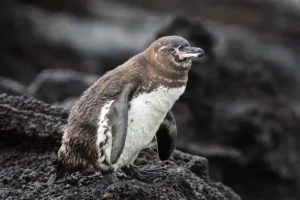
Challenges for the Future
Overfishing, climate change and invasive species are the main causes of species extinction on the islands. Galapagos is still one of the most well-preserved islands in the world. We aim to ensure a sustainable future of the islands through our actions. Galapagos’ long-term survival depends on our collective commitment and efforts to conserve the islands.
We reaffirm on this International Day for Biological Diversity our commitment to protect the unique biodiversity of Galapagos. We are grateful for the support and cooperation of individuals and groups dedicated to conservation of these islands. Your contribution is crucial in protecting the unique ecosystems of Galapagos and ensuring its future. We encourage you to continue your active involvement in these important conservation efforts. Together, we can protect one of the planet’s most valuable natural treasures.
